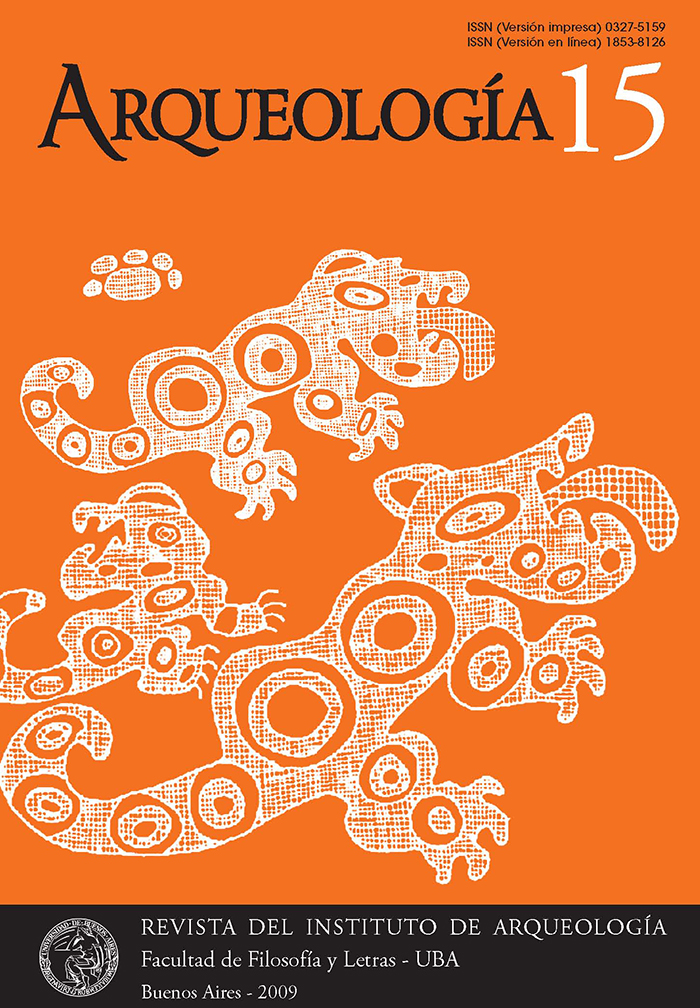Inka appropriation of a sacred place in the Quebrada de Humahuaca, Jujuy, Argentina
Keywords:
Inca Domination, Spatiality, Sacred Place, Ushnu
Abstract
The aim of this paper is studying the impact of Inca conquest of an archaeological site at Quebrada de Humahuaca, Jujuy Province, Argentina. One way this process took form was through the transformation of landscape configuration and the re-signification of local practices. This article presents Campo Morado as an example of domination through the appropriation of a sacred-local place for the construction of an ushnu on it. We deal with this theme studying the site spatiality, acknowledging that architectural design operates as a technology to impose temporal and spatial order. Two methodological tools are used in thiswork: gamma maps and formal characteristics of architectural design. We conclude that Inca transformations were oriented towards local identity disintegration in pursuit of the creation of a new one, emphasizing the difference between Inca and local worlds.Downloads
Download data is not yet available.
How to Cite
Fernández do Rio, S. (1). Inka appropriation of a sacred place in the Quebrada de Humahuaca, Jujuy, Argentina. Arqueología, 15, 41-62. Retrieved from http://revistascientificas.filo.uba.ar/index.php/Arqueologia/article/view/1697
Issue
Section
Articles
Authors who publish in this journal agree to the following conditions:
- Authors retain copyright and yield to the journal right of first publication with the work registered with attribution license Creative Commons, which allows third parties to use the published always mentioning the authorship of the work and first publication in this magazine.
- Authors can make other independent and additional contractual arrangements for the non-exclusive distribution of the version of the article published in this issue (p. Eg., Inclusion in an institutional repository or publish it in a book), provided that clearly indicate that the work was published for the first time in this magazine.
- It allows and encourages the author / s to publish their work online (eg institutional or personal pages) before and during the process of revision and publication, as it can lead to productive exchanges and greater and more rapid dissemination of work published (See The Effect of Open Access).





(1)13.png)






1.jpg)
1.jpg)


13.png)
1.png)


(1)1.png)









